How To Prevent Water Contaminating Your Oil Tank
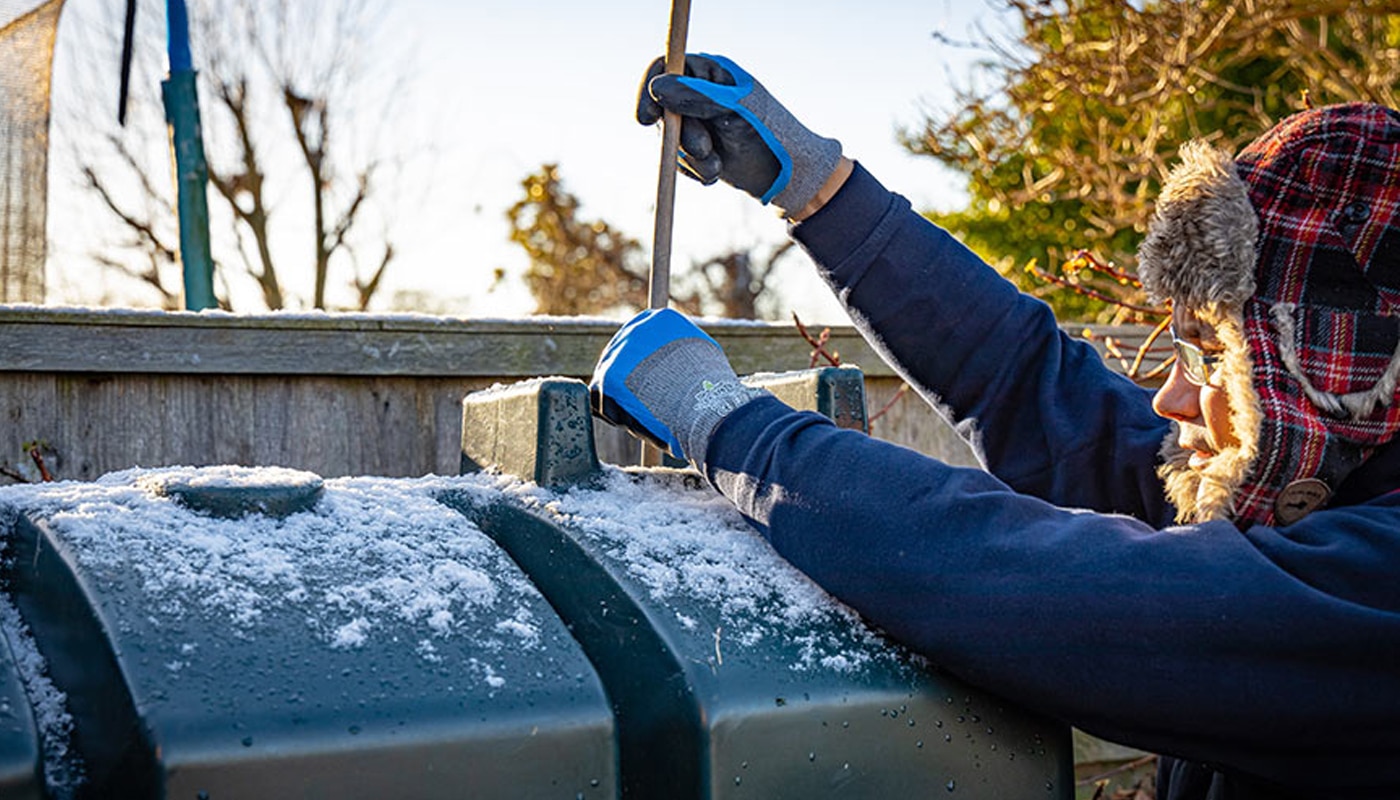
Contents
- 1 How to detect water contamination in your oil tank
Although oil heating tanks look robust, water is a natural part of our environment and can still find its way inside your oil tank. By knowing how to prevent water from contaminating your oil tank, what signs to look for, and how to test if there’s water inside, you can prevent potential damage and costly fixes later.
This isn’t as simple as just lifting the lid and looking inside. Water is denser than oil, meaning it will fall to the bottom and go undetected. Unfortunately, most people only discover there is water contamination once their boiler develops faults.
By regularly checking the condition of your tank, you will spot cracks or leakages that allow water to seep in. You can also use a water-finding paste that is applied to a long pole and held at the bottom of the tank for the recommended time. Once removed, if the paste has changed colour you know there is water inside.
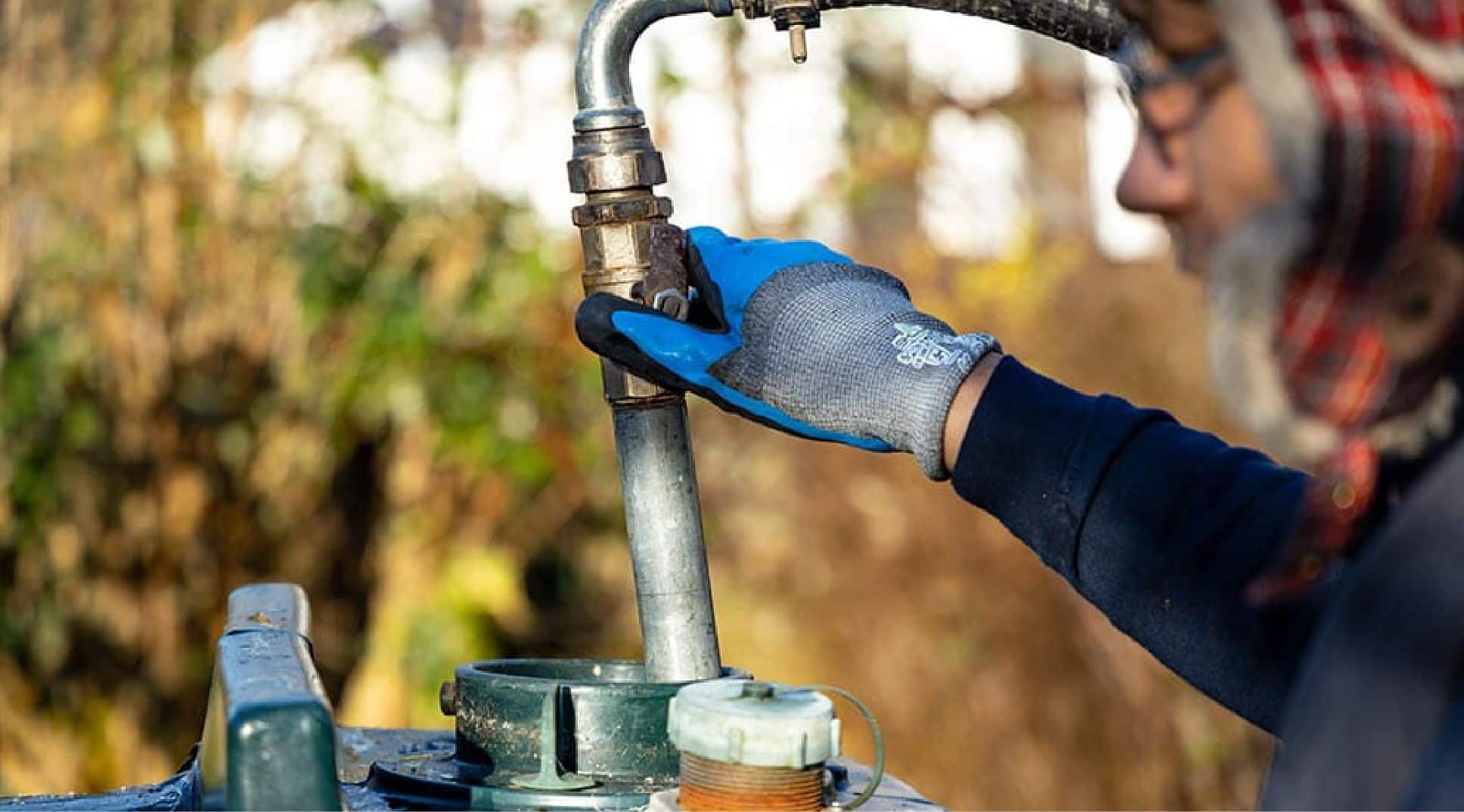
How does water get in an oil tank?
You might assume that water slips in with fuel delivery but this is very rare. Here are the 3 common culprits:
Rainwater
Predominantly affecting outdoor tanks as they are unsheltered and exposed to the elements. They can also be located near gutters that overflow onto the tank. This is why the location of your tank is very important, read our blog where to keep your oil tank to find out more about the best location for your oil tank. Rainwater can also seep in through loose lids, ill-fitting filler caps and damaged vents, as well as any cracks or holes.
Condensation
With fluctuating temperatures, condensation is hard to avoid and can affect indoor, outdoor, and underground tanks. Condensation occurs when the tank’s interior temperature is cooler than the exterior. The oil draws water from the air in the tank and turns water vapour into droplets that build up on the internal walls over time. Try to keep your outdoor tanks shaded in warm weather, and keep your tank topped up to reduce the amount of space where condensation can occur.
Underground tanks
Groundwater could also be seeping in through any cracks or holes in your tank if your tank is stored underground.
If this is the case, you need to contact a professional heating engineer to remove the water and fix your tank straight away as oil could be leaking into the ground.
The problems water in oil tanks can cause
As we said, water in oil tanks can go undetected for some time but this is when serious damage can occur:
Rust
In metal tanks, rust can lead to corrosion of the tank’s surface, weakening its structure and potentially leading to further damage. This can also affect your furnace and fuel pump as well as the functionality of your boiler.
Freezing water
Outdoor oil tanks in particular are exposed to extreme temperatures, potentially freezing any water in your tank. Not only will this block your fuel supply, but it will also prevent oil reaching your boiler and heating your home.
Bacteria
Water is a breeding ground for bacteria, which releases an acid that can cause corrosion, weakening the structure of your oil tank. Bacteria also creates a sludge at the bottom of your tank, potentially blocking your fuel line and damaging your boiler.
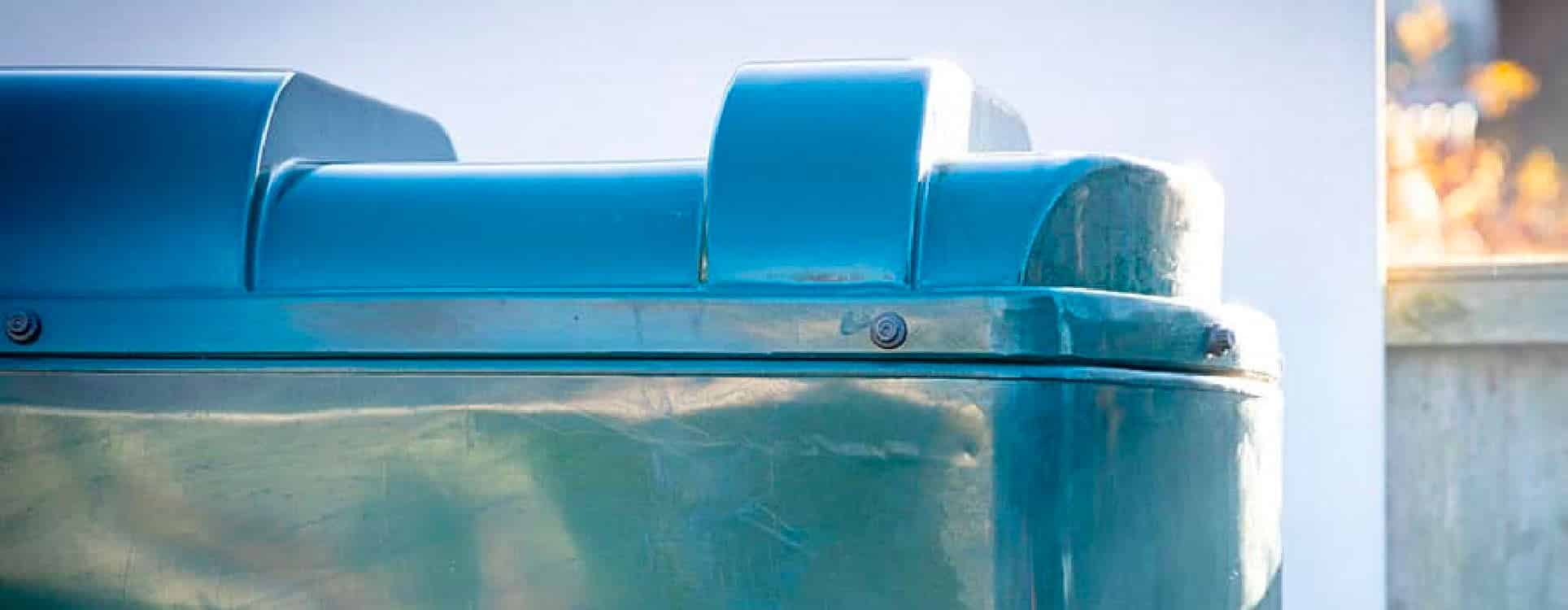
How to prevent water from contaminating your oil tank
Now you are aware of how water can get into your oil tank, there are some steps you can take to prevent water from contaminating your oil tank:
- Update your oil tank if it is damaged, or if it is 15-20 years old
- Ensure your oil tank is situated in a suitable location
- Have your oil tank serviced by a registered engineer
- Take time to regularly check its condition
- Check the lid is always closed securely
- Look for signs of weakness such as cracks, oil stains, and bulges
- Protect outside tanks from the elements where you can (hot weather & Cold Weather)
- Cut back any trees or foliage that could drip water
- Use water-finding paste to test for water
- Choose a high-quality oil tank
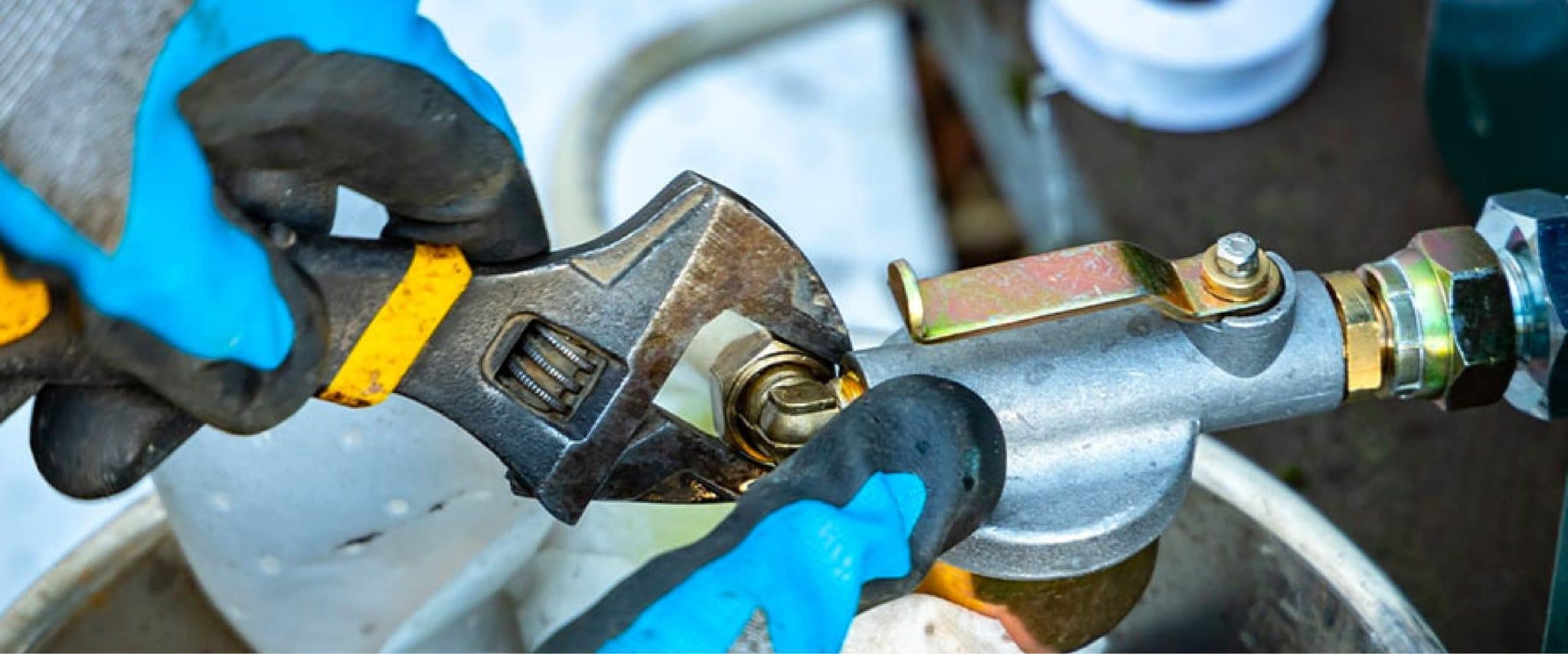
What do you do if you have water in your oil tank?
Firstly, don’t waste any time.
If you need to, contact a registered engineer who will remove the water, recommend any fixes for damage to the tank, and safely remove the contaminated water.
This is also dependent on where your tank is located, the type of tank and how much
water is inside. For small amounts (under 1 inch) and if your tank is easily accessible, you can remove the water yourself. For large amounts (1-2 inches) or if your tank is located in a difficult spot, i.e. underground, contact a registered engineer.
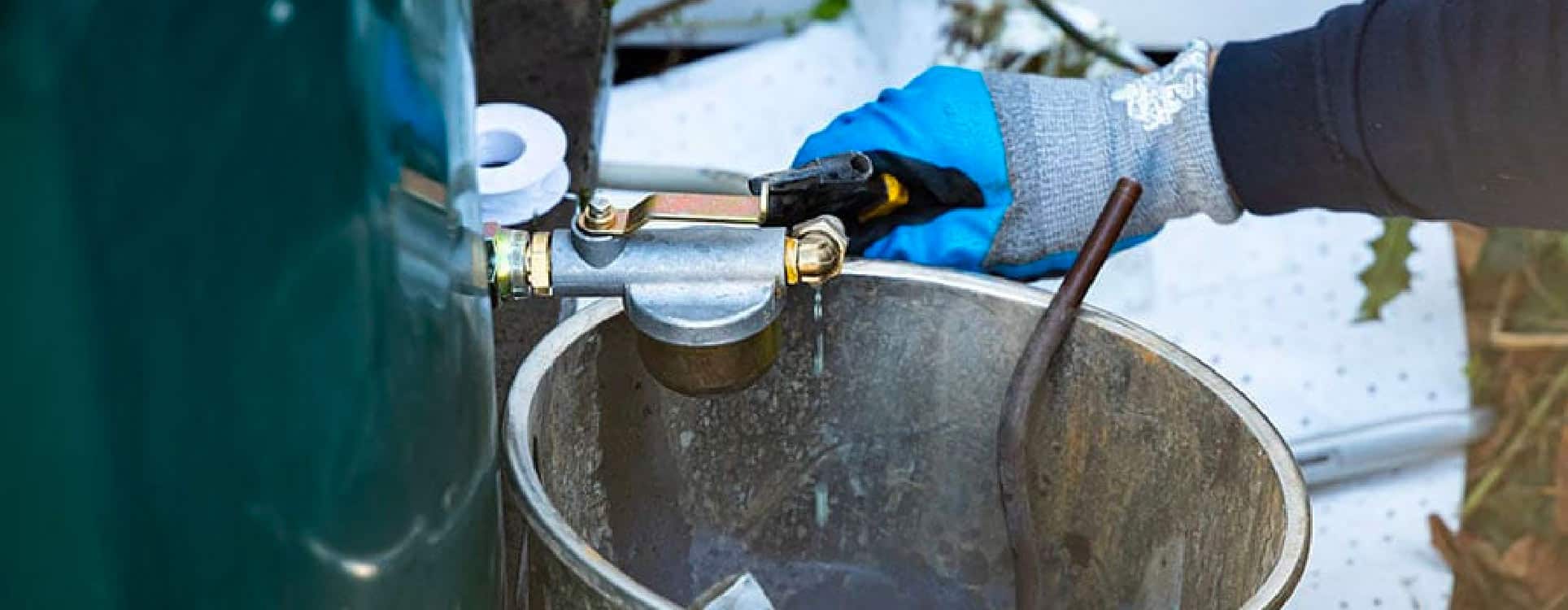
How to remove water contamination from your oil tank
If you choose to remove water yourself, you can try a few options:
- For metal tanks, there should be a sludge valve to drain any water
- For plastic tanks, use a hand pump to syphon as much water off as you can
- Try a highly absorbent material that is chemically treated to attract water
- Use a tank sponge. These sink to the bottom of the tank, soak up any water and can then be removed.
Remember, water removed from an oil tank cannot just be flushed down a drain. Dispose of it safely at a local authority waste disposal suite. Also make sure you flush your boiler feed pipe and check your fuel filters, to ensure everything is functioning correctly.
No matter which process you choose, they can all be quite tricky and the right safety measures need to be considered. An oil tank engineer can sometimes be the easiest, quickest and safest option, and this is where we can help. Review our oil tank maintenance service to see how preventative maintenance can reduce the risk of water contamination or get in touch with our friendly experts.
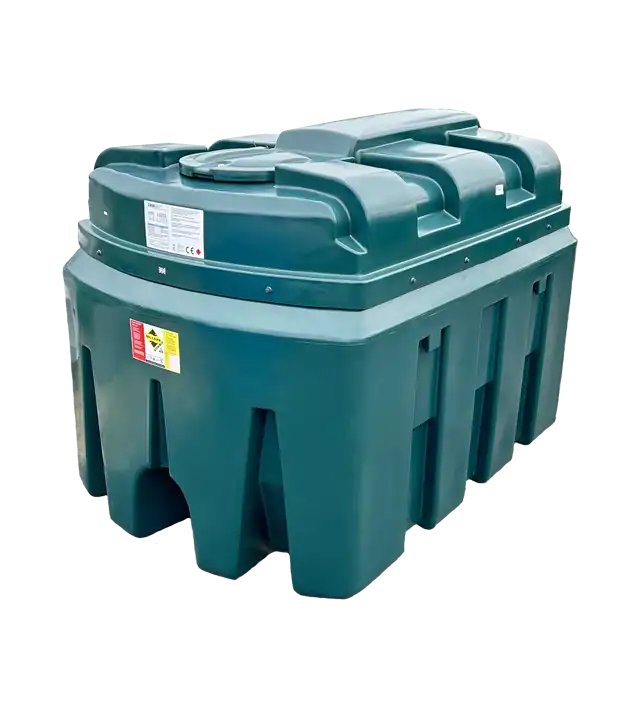
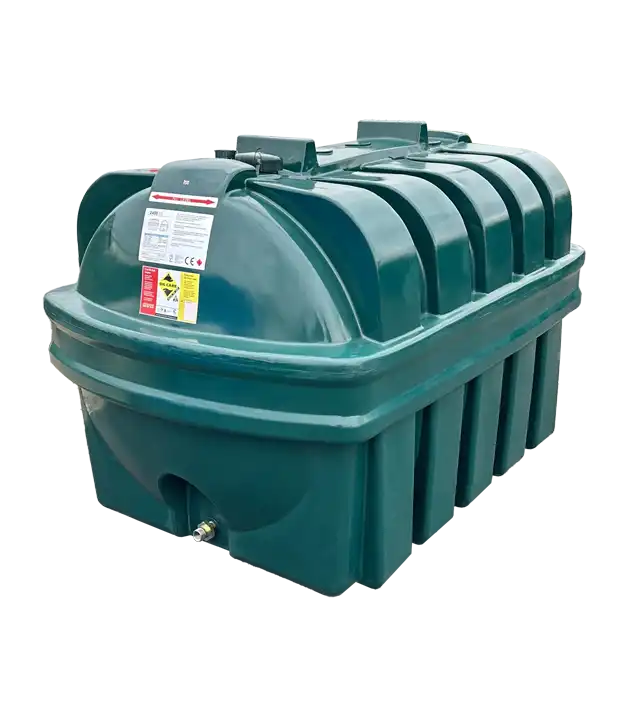
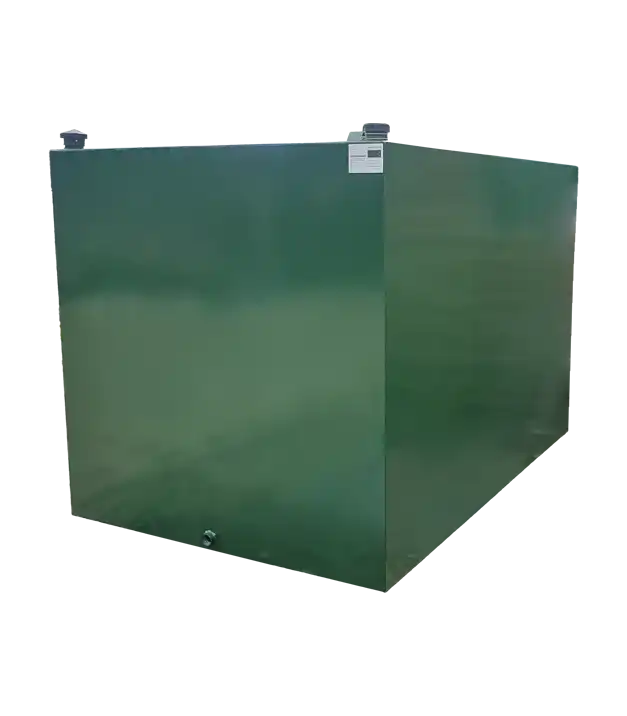
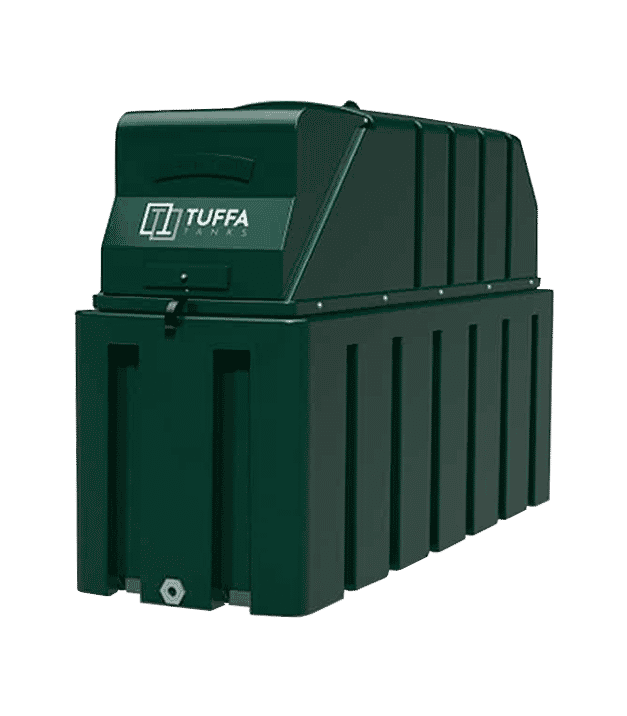
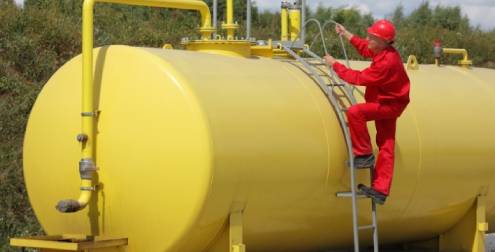
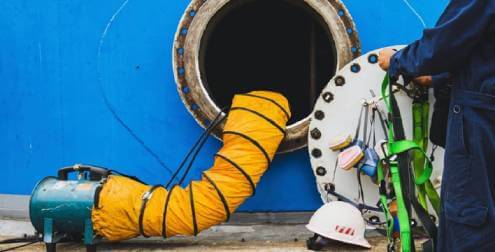
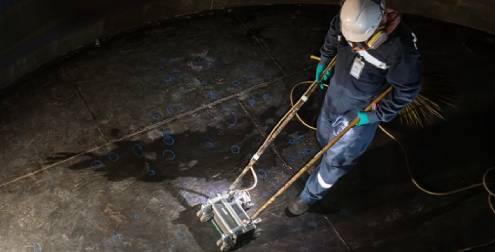
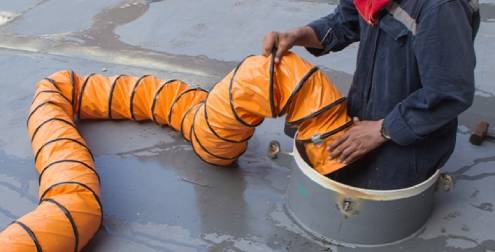
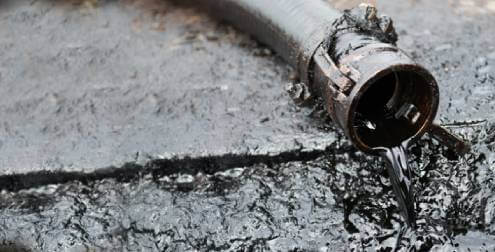
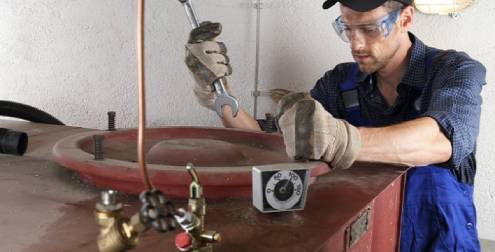

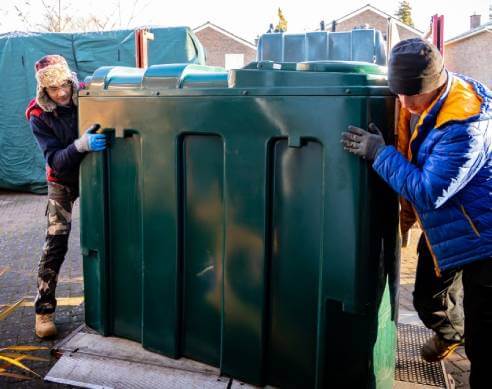
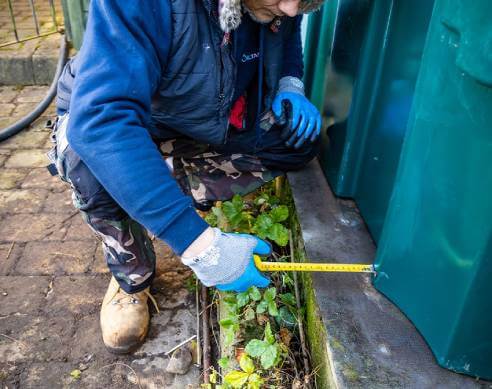


Share This: